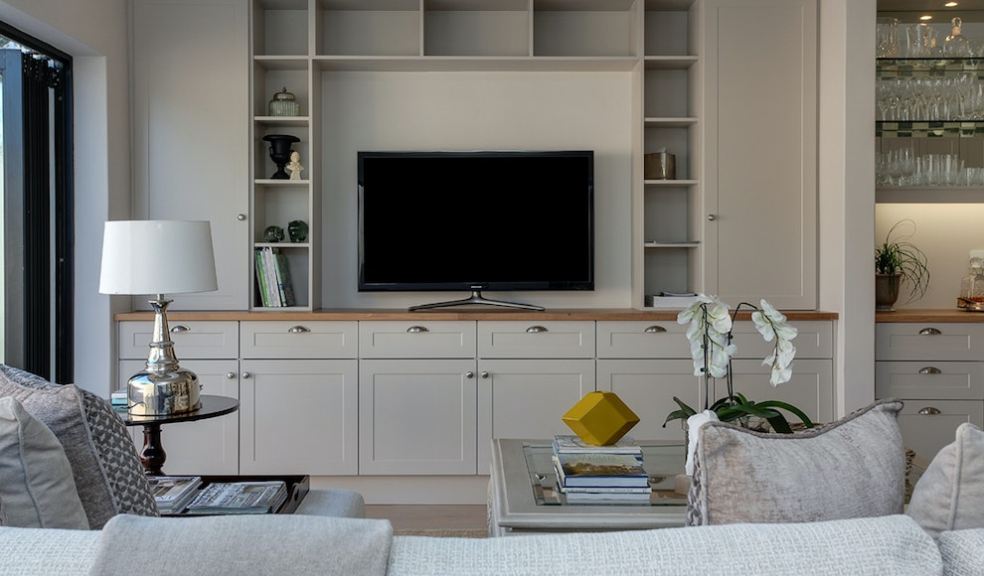
Effective Minimalist Design Strategies For Your Home
Minimalist designs are highly appealing. They’re pleasing to the eye and can make life simpler for those that enjoy them.
That said, for all their perks, minimalist designs also have their share of challenges. One must show restraint when decorating their home. If you’re working with smaller spaces, striving for minimalism can also be more difficult, as every addition can threaten to make arrangements too crowded.
Of course, minimalism is a huge topic that everyone has different ideas of, too. There’s still room to experiment, be creative, and define your niche within it. Some minimalist design techniques can be more promising than others. Read on for some suggestions on what the most effective strategies might be.
Improve Your Eye For Quality
Some minimalists subscribe to a sense of compromise and give up personal professions to make their lives easier. They may want to improve other parts of their lives instead of being bogged down by material possessions.
While such a cause is noble, it can sometimes be misdirected. To be a minimalist, you don’t always need to sacrifice the things you love. Rather, you need only be more selective in choosing what items you bring into your home. If you live by the mantra of ‘quality over quantity’, then you can really thrive as a minimalist.
After all, the lifestyle of a minimalist can often lead to significant money savings. All the money you’re undoubtedly saving can lead to better investments around better décor. Moreover, you may show greater care for the prized items in your possession and thus reduce things like wear and tear and the need for replacements. Ultimately, quality is king for the strategic minimalist, so don’t immediately give up the things you love like so many minimalists do.
Include Transparent Additions
Homes can very easily feel like cluttered spaces. While this can help properties feel lived in and characterful, it’s not what you should strive for with a minimalist approach.
Of course, the need to add things to your home is still necessary, lest you live in an empty room. Not all items can be stored, either. Therefore, some of the homely additions you feature should have a transparent quality. Doors can have glass installed, as can things like coffee tables and stair bannisters. That way, you’re creating an impression of neutrality in the décor. If the glass is cleaned regularly, it’ll be especially reflective, creating an illusion of more space.
You could also see Corston’s clear light switches and sockets to keep these ideas going down to the finest detail. That way, your walls will look immaculate, and you will not risk looking cluttered if you want to hang the odd picture. Your favourite wallpaper and paint colours will also be undisturbed. Though a clear light switch will sit quietly on your wall, there’s delicate brass detailing in parts aged by hand. It can match other products from Corston’s antique brass range, too.
You’re still adding nuanced decorations to your home, but you’re doing so in a way that isn’t loud and ostentatious. It’s subtle but sophisticated, and the best minimalist homes emulate both in equal measure.
Think About Geometric Qualities
Even if you have few things in a space, if they’re all irregular sizes to each other, it can create an uneven and clunky aesthetic. The best minimalist spaces are tightly controlled and coordinated with precision.
Therefore, you should pay attention to the geometric side of your home’s décor. Prioritise things like flat surfaces, similar-sized furniture, and defined borders in how you arrange the room. Everything should appear aligned and purposeful rather than crammed in on a whim and in haste.
There will be some height irregularities between any seat and a table, so obviously, some discrepancies can be allowed. Still, focus on a sense of geometric consistency where you can, particularly concerning the size and shape of your rooms. Even if your bed technically fits in the bedroom, it may undermine the minimalist feel you’re going for if it eats up most of the floor space.
Secure Storage Furniture
Multi-purpose furnishings are vital for a minimalist design. Not only do they help you conserve space, but they also add a dynamic quality to your home too.
Bed frames can have built-in drawers for you to use. The underside of steps on your staircase can potentially be pulled out and also used as drawers if you make modifications. Patio benches can be lifted like a lid and feature other compartments to stow away belongings. Everybody knows what ottomans are, so including those could also be a good idea.
Moreover, adding additional storage can sometimes be an affordable DIY effort too. For example, one couple managed to add under-stair storage for £175, despite being quoted figures in the £1000s by professionals. There’s plenty of room for savvy creativity here.
One of the most unfair criticisms of minimalist homes is that they’re dull or lack character. The ‘secret storage compartments’ aspect proves otherwise. It’s a multi-layered minimalist design strategy. What’s not to love about that?











